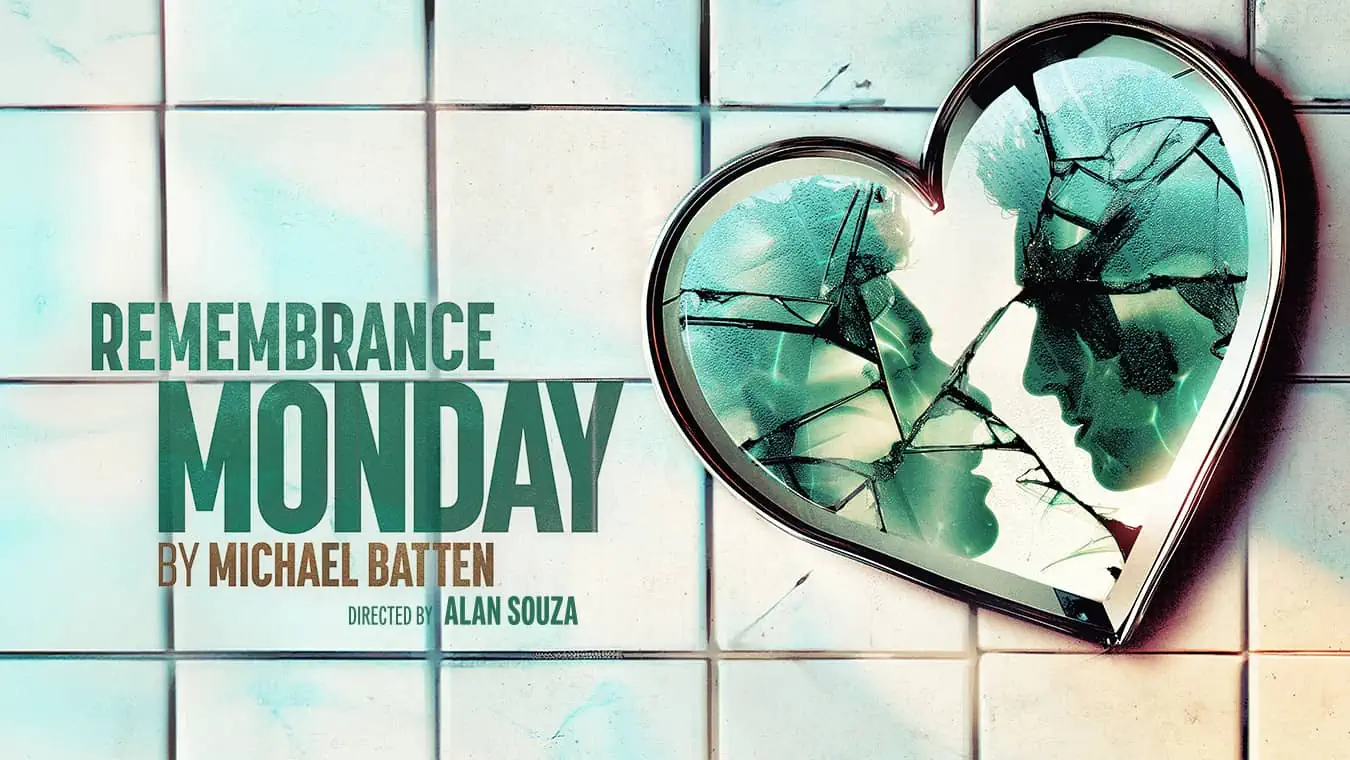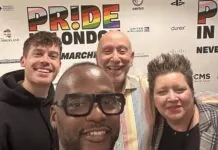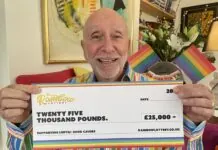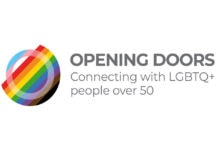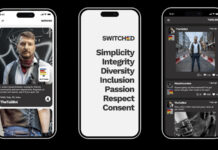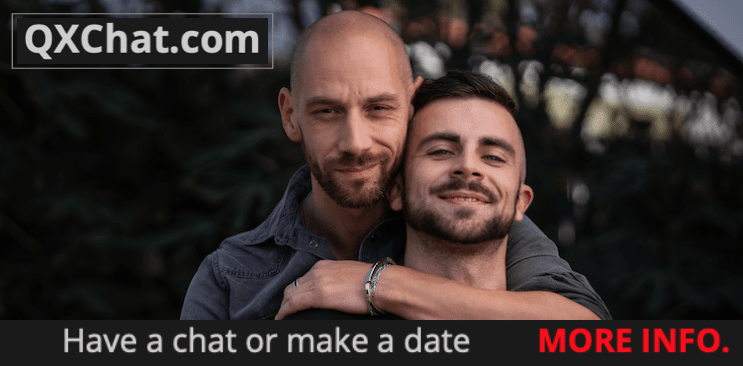The queer community has always been a pretty broad church, one that prides itself on the diversity of its congregation, and even within it’s many sub groups people’s identities vary hugely. Jake Graf looks into the contrasting ways that trans guys identify themselves.
As the world slowly comes to accept that we’re all different, that there really is nowt so queer as folk, the initialism LGBTQIA seems like it requires further expansion. Whether you identify as a lesbian with straight proclivities, a bear, cub or otter (or even weasel), a trans man who wants to wear make up and explore his feminine side, or a gender queer, non-binary ‘they’, more and more we’re learning to make room for each other. Even the smaller, seemingly similar sections of the ‘rainbow umbrella’ can still have wildly differing opinions, outlooks, and identities.
For years, I didn’t know anyone trans at all. I watched the Youtubers who would update after every testosterone shot and each new chin hair, but I had no one to really talk to. I had always known that I was a man. From the age of 2, when I first managed to get the words out, I began telling my parents that I was a boy, that something was wrong. But as I grew into a boyish little toddler, they passed it off as my being a tomboy.

It took nearly a decade, much of it spent blind drunk, or otherwise intoxicated, for me to come out as trans. Since then, I have identified as a straight man, more recently as a gay man, and now, simply as a man who happens to be transgender, will always be a bit queer, and who dates both men and women.
The term queer, for decades considered very much a slur, has now been reclaimed. For me, it is an all-encompassing term for anyone who doesn’t fit the heteronormative, ‘cis’ roles put upon us by society. Even if I do end up married to a woman, with 2.4 children and a dog, I will always consider myself ‘queer’.
I’ve built up a wide circle of friends, from all parts of the trans spectrum, many of them male identifying trans guys, yet the way we all see ourselves could not be more different. Ben Melzer, a stunning and charming model from Germany, also in the running for the cover of Men’s Health Magazine, is very black and white about his male identity.
“The word trans feels so strange, even if I know that it belongs to me,” he says. “I’m a trans guy, which is still very hard for me to say because I identify completely as a man. I always identified as straight, even pre-transition, which was weird because I had no idea what was wrong with me. I just knew that I was a man who liked women.”
As a trans man who ‘passes’, he at first lived in ‘stealth’ mode (meaning that he wasn’t open about his trans status), but he soon realised the importance of visibility. “There are so many of us out there who need inspiration and who struggle with the same questions I did, so I decided to show myself and help as best as I could,” he says.
Melzer is something of a paradox: uncomfortable with the ‘trans’ label and finding the word ‘queer’ offensive, wanting only to be the man that he has always been inside, yet he is someone who is honest about his journey and his surgeries. He has willingly posted photos of himself pre-transition in the hope of inspiring others, torn between wanting a ‘normal’ life, and the responsibility he clearly feels for the next generation of trans teens.
Another visible, politically active trans man who has worked tirelessly within the community is Kieran Moloney, 26. A native New Zealander, Moloney identifies as a straight man. “I was quite young when I transitioned, only 16 years old, so I didn’t really have time to identify openly as anything,” he says. “I attempted to identify as a lesbian but something didn’t fit. I wasn’t a proud woman who liked women. I felt like a boy who liked girls, but to society I had to be a ‘straight’ female.”
Unlike certain factions of the trans community, who happily embrace their gender fluidity, for Moloney, being transgender is nothing more than a medical issue that needed to be rectified. As such he feels strongly that the T shouldn’t be included in LGBT.
“I get that with LGBT, we can all come together and fight as a team, but that’s far from how I feel about it,” says Moloney. “Being trans is a different ball game altogether. We are included in the LGBT because we are part of what society sees as ‘abnormal’, but the truth is we have different struggles, a completely different path to go down that doesn’t come close to LGB. We literally change gender. If you don’t go through that how can you possibly identify with it?”
“In my specific evolution, the years in which I was being read as female are integral parts of who I am as a transgender man.”
Conversely, when asked if he would find being referred to as ‘queer’ offensive, he said: “Not at all. If someone said, ‘so you’re trans? You’re queer then?’ I would be fine with that.”
One of the UK’s most visible trans men, Lewis Hancox, co-creator of the Mygenderation documentary series, and an avid Youtuber, identified as a gay girl pre-transition, though he would always shudder at the label ‘lesbian’. “Post transition, I identify as a straight guy,” he says. “But it’s not that I transitioned and suddenly changed my identity… deep down I’ve always felt that way, I just didn’t have the confidence to say so.”
Like Melzer and Moloney, Hancox sees being trans as simply a medical condition he was born with. “I’m a guy who was born with the wrong sex hormones and genitals, and taking hormones and having surgery was correcting a mistake,” he says. “It’s nothing to be ashamed of and doesn’t make me any less of a man, or a human.”

Within the queer scene in the US it seems there is more of an acceptance and fluidity than in the UK. Emmett Lundberg, a Brooklyn based writer and director responsible for the award winning trans masculine web series ‘Brothers’, is much less restrictive in his identity. “Prior to transition I identified as a lesbian and dated female identified folks” he says. “I was told by everyone around me that I was female and at the time I was attracted to women so I figured I must be a lesbian. I did the bar thing, and had a few lesbian friends but I never really felt I belonged to that community.”
Lundberg now identifies as a queer trans-man. “Both queer and trans are incredibly important signifiers for me as they encompass more of who I am as a person,” he says. “As I’ve settled into myself, I feel much more comfortable in my attractions and my transgender identity. It is important to me to identify as queer because I am not strictly attracted to one gender.”
Unlike the others, Lundberg feels that being trans is much more than a medical issue, and more about a broader experience of life and gender. “In my specific evolution, the years in which I was being read as female are integral parts of who I am as a transgender man,” he says. “I have not had the experience that a cis male has, nor do I want to identify in a way in which I might have. I would definitely not be insulted if someone referred to me as queer. I own this word and feel safe and comfortable with it.”
Trans, cis, straight, gay, bi, fluid or otherwise, what is undeniable is that we are all fighting for acceptance, to simply be allowed to live the lifestyles that, more often than not, we have had little say over.
“Being queer opens you up to loving people for who they are,” says Lundberg. “Not simply what their physical being is made of.” Queer or not, isn’t that, at the end of the day, what we should all be aiming for?
• For Jake’s trans/gay themed short film Brace: https://vimeo.com/131741261
• For Emmett’s trans masculine web series Brothers: it’s www.brothersseries.com
• For Lewis’ Youtube: www.youtube.com/MrLewzer. It includes last month’s viral hit, ‘What It’s Like Being Transgender’: https://www.youtube.com/watch?v=dlwZt5Jwexs&feature=youtu.be
• They can all be followed on Instagram too:
Ben: @egoshooter
Kieran: @kierandmoloney
Jake: @jake_graf5



